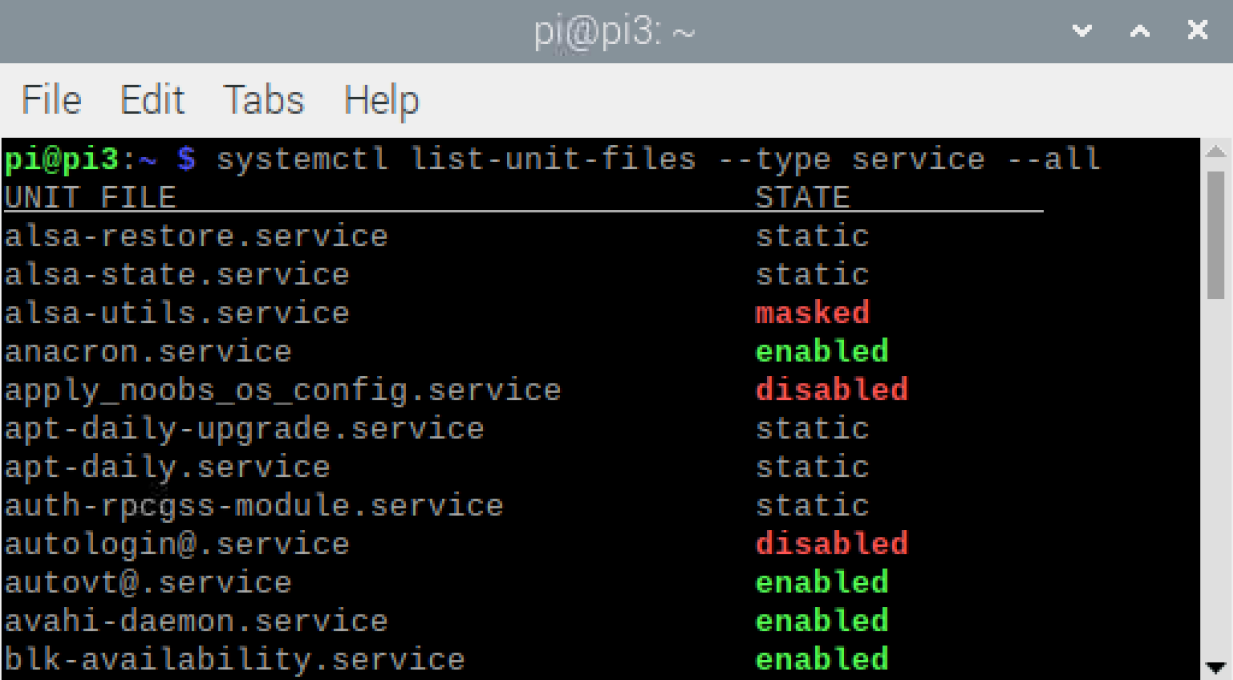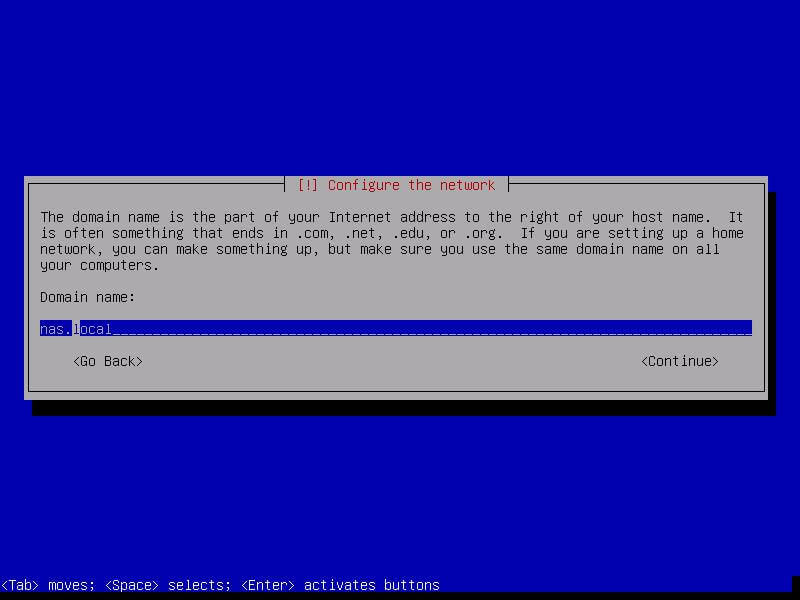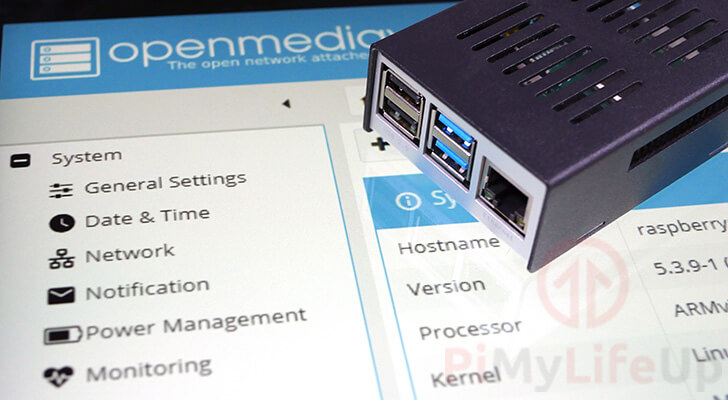
- OPEN MEDIA VAULT HOW TO
- OPEN MEDIA VAULT INSTALL
- OPEN MEDIA VAULT UPDATE
- OPEN MEDIA VAULT UPGRADE
- OPEN MEDIA VAULT PASSWORD
To do so, go to Storage > File Systems and click Create. Now, the USB HDD/SSD or thumb drive should be wiped clean. Once the wipe operation is complete, click Close. To do that, go to Storage > Disks and select the USB HDD/SSD or thumb drive that you want to use as a storage device for the share and click Wipe. If you want to use a USB HDD/SSD or a thumb drive to store data for OpenMediaVault, you have to format it first. You can use a USB HDD/SSD if you want the process will be the same.
OPEN MEDIA VAULT HOW TO
In this section, we will show you how to set up a simple SMB/CIFS share using OpenMediaVault 5 by using a USB thumb drive as a storage device for OpenMediaVault 5. For the changes to take effect, log out of the OpenMediaVault web interface and then log back in.Ĭreating an SMB/CIFS Share using OpenMediaVault 5
OPEN MEDIA VAULT PASSWORD
Now, the OpenMediaVault 5 administrative password should be changed. Then, type in the new password and click Save. If you want to change the default password, then go to System > General Settings > Web Administrator Password, as marked in the screenshot below.

Now, you should be logged into the control panel of OpenMediaVault 5.Ĭhanging Your Password in OpenMediaVault 5 Type in admin as the username and openmediavault as the password and click on Login. The default OpenMediaVault 5 username is admin and the password is openmediavault. You should see the login page of OpenMediaVault 5. To do so, visit using the web browser of your choice. Once your Raspberry Pi 4 boots, you should be able to access OpenMediaVault 5 from a web browser. Once OpenMediaVault 5 is installed, your Raspberry Pi 4 should reboot. This step will take a while to complete.Īt this point, OpenMediaVault 5 should be installed. The installation script should start installing OpenMediaVault 5. Once your Raspberry Pi 4 boots, run the following command to download the installation script of OpenMediaVault 5: Installing OpenMediaVault 5 on Raspberry Pi OS
OPEN MEDIA VAULT INSTALL
Once the packages are downloaded, the APT package manager should install them one by one.Īt this point, all the updates should be installed.įor the changes to take effect, reboot your Raspberry Pi 4 with the command $ sudo reboot. The APT package manager should start downloading all the required packages from the internet. To carry out the upgrade, press Y and then.
OPEN MEDIA VAULT UPGRADE
To upgrade the other packages of your Raspberry Pi OS, run the command $ sudo apt upgrade.
OPEN MEDIA VAULT UPDATE
To do so, first update the APT package repository cache of your Raspberry Pi OS with the command $ sudo apt update. Now, you should be logged into your Raspberry Pi 4.īefore installing OpenMediaVault 5 on your Raspberry Pi OS, you should upgrade all existing packages of your Raspberry Pi OS. $ ssh pi in the password of your Raspberry Pi OS and press. To connect to your Raspberry Pi 4 via SSH, run the following command from your computer:

Connecting to Raspberry Pi 4 via SSH:įor this example, let’s say the IP address of your Raspberry Pi 4 is 192.168.0.104. Finally, if you want to learn more about the headless setup of Raspberry Pi 4, click here. If you are still getting the hang of Raspberry Pi and you need help installing Raspberry Pi OS Lite on your Raspberry Pi 4, click here. However, we will connect to our Raspberry Pi 4 remotely via SSH using the headless Raspberry Pi 4 setup.Ĭlick here if you need help flashing the Raspberry Pi OS Lite image onto the microSD card. NOTE: If you do not want to access your Raspberry Pi 4 remotely via SSH, you need to connect a monitor and a keyboard to your Raspberry Pi.

OpenMediaVault is an open-source network-attached storage (NAS) solution based on the Debian GNU/Linux operating system.


 0 kommentar(er)
0 kommentar(er)
